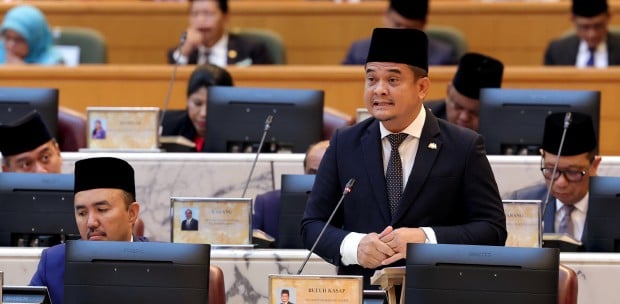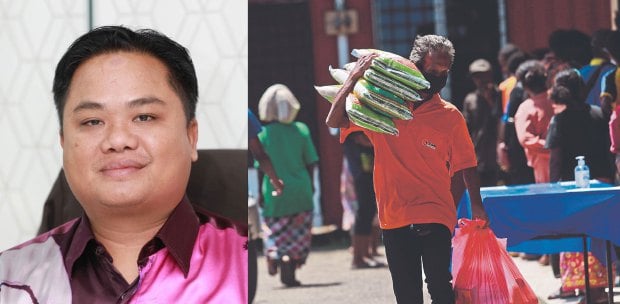LETTERS: While the dropout rates from primary to secondary school stood at 3.2 per cent nationally in 2018, the figure for Orang Asli stood at 23.3 per cent.
There has been progress, according to a former minister who spoke at the Orang Asli Consultative Council, with over 10 per cent of children of Orang Asli dropping out of school.
Recognising this education disparity, governmental and non-governmental bodies have implemented policies and programmes to address the challenges.
The Orang Asli comprise at least 18 sub-ethnic groups with their own languages and cultural identities.
So a one-size-fits-all approach won't suffice. Education interventions to improve access to education must be catered to the needs of the community and their context.
Education programmes targeting Orang Asli students can be divided into two goals.
The first focuses on boosting academic achievement and school attendance with an emphasis on reading, writing and arithmetic skills (3M).
Programmes range from capacity training of teachers and students, improving the quality of teaching and learning while maximising student potential, and advocating for an education pathway for Orang Asli students to gain market-relevant skills.
The second type focuses on empowering the community to preserve Orang Asli values, language, culture and way of life.
These programmes recognise that the Orang Asli possess indigenous knowledge that is under threat.
Programmes range from community mapping to documentation of traditional languages, crafts and folklore.
Both programmes cater to a need, but the critical consideration is whether they align with the aspirations of students, parents and teachers.
So designing educational initiatives for Orang Asli students should create space for communities to determine their educational settings, rather than imposing externally conceived solutions.
Recognising the strengths, talents, aspirations and challenges as marginalised communities, it is imperative to tailor programmes to address their areas of concern instead of our own programme indicators for success.
Managing funding constraints, platforms for dialogue, collaboration and knowledge-sharing with Orang Asli should be built into the programme design.
The programme should also adopt best practices for community engagement, checking our own biases as non-Orang Asli project designers and ensuring consent is respected.
So the focus of education policy and programming should address larger structural inequalities and contribute to best practices that mitigate our biases and better cater to the needs of Orang Asli students.
YVONNE TAN
Researcher, Institute of Democracy and Economic Affairs, Kuala Lumpur
The views expressed in this article are the author's own and do not necessarily reflect those of the New Straits Times





